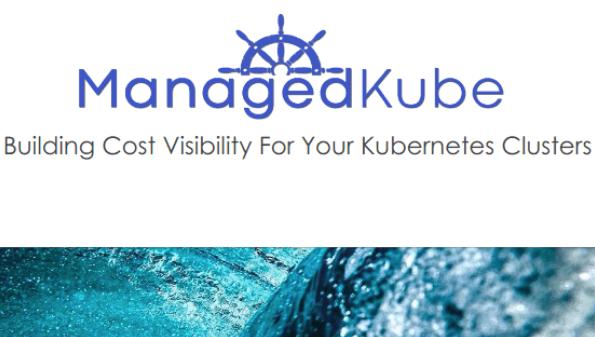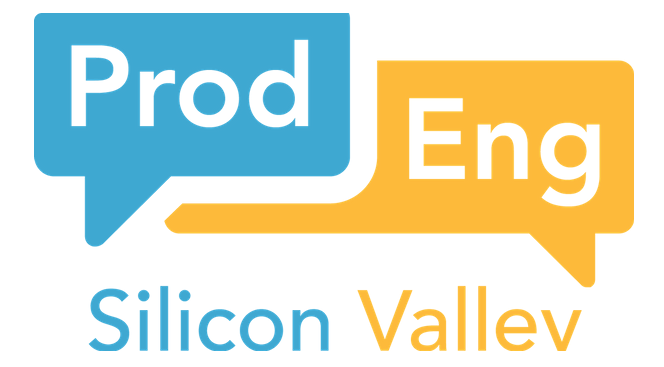
Top 5 Tips for Recruiting Tech Talent in Competitive Areas
It’s no secret: jobs in the tech industry are high in demand. Because of this, employers are willing to pay competitive salaries to secure the very best. For recruiters, though, this means increased competition to close top talent. Why? The pool of qualified candidates isn’t a big one. As a result, it’s likely that active job seekers are already in talks with companies and possibly, other recruiting agencies. Fortunately, tech recruiters aren’t at a complete disadvantage when it comes to recruiting top talent. Here are five of our best tips for recruiting tech talent in competitive areas.
1. Identify the Competitive Areas
Most other industries are spread fairly evenly across the United States. But companies in the tech space tend to gather in highly-concentrated clusters. That’s why the Bay Area is likely one of the first regions you think of when it comes to competitive areas for tech recruitment. San Francisco and San Jose, for example, rank #1 and #3 respectively as the United States’ most competitive cities for job seekers. This makes it an excellent area for both internal and third party recruiters to target. An agency recruiting for multiple industries may therefore benefit from a dedicated team of technical recruiters to understand how (and where) to find candidates. This is hardly news to recruiters, though. You can’t compete with other agencies if you don’t have a team of specialists for the tech industry. It’s these tech recruiting experts who already know the most competitive areas in their industry.
2. Understand Your Candidate’s Expertise
To be competitive, technical recruiters need to understand the requirements (including necessary or relevant skills and experience) of the roles they’re working on. You don’t need to be as qualified as your candidates to use technical jargon. However, you should be comfortable reading technical job descriptions and using the right language when speaking to hiring managers and job seekers. Without this familiarity, technical recruiters appear less knowledgable and therefore less competent than their competitors. This means that if you don’t speak your candidates’ (or clients’) language, you could easily lose them to another agency.
The solution is simple: do your research. Recruiters who take the time to familiarize themselves with the technical terms their candidates use have a better chance of retaining those candidates. Firstly, you should know the difference between front end, back end and full stack developers. Secondly, you should understand why developers are not the same as programmers. Finally, you should familiarize yourself with popular programming languages and any associated frameworks. An understanding of these terms and their meanings, even at a high level, means that you can engage in thoughtful and productive conversations with potential and existing candidates.
3. Understand Your Candidate’s Job Search
Not all candidates are active. In fact at Elevano, almost 90% of our candidates are only passively looking for new job opportunities when we reach out to them. We’re also more likely to close these candidates. Why? Because they’re not the same candidates who:
- Are already applying to job boards
- Might already have interviews lined up
- Could be working with other recruiters
Passive candidates are those who are open to new opportunities if and when the right one arises. Because of that, they’re the hardest candidates to acquire. They need more convincing than active candidates. Remember, they’re only looking to move jobs if it offers something more than their current job. For example: a shorter commute, a better work culture/environment and quite often: more pay. If recruiters succeed in selling a job opportunity, they likely won’t have to worry about competing with a slew of other job offers or opportunities.
Knowing the difference between active and passive candidates means a better use of your resources (time and effort) to fill roles. As a result, understanding candidates’ job searches gives recruiters a competitive edge in helping them fill clients’ roles. Of course, this isn’t to say that all candidates with multiple job opportunities should be ignored by recruiters. Instead, recruiters should make sure they’re also targeting potential candidates who aren’t actively job searching.
4. Make an Impression
Why should candidates choose your recruiting agency over others’? The types of clients you work with is always an important deciding factor for candidates, but the nature of the recruiters (and the strategy you use) also leaves an impression. Look at how you reach out to candidates: sometimes, LinkedIn’s InMail, e-mails and cold calls aren’t always enough, or effective. As recruiters in an industry known for its constant growth and innovation, why not shake up your outreach strategy?! Look at other ways you can engage new candidates: try different platforms, for instance, or update your copy.

This requires more of your time. But by researching potential candidates’ skills and experience (including their work and education history), you can refresh your LinkedIn and email copy. This is useful in personalizing your candidate outreach in a way that sets your messages apart from the countless other InMails, emails and voicemails that other recruiters are leaving. It might take 5-10 minutes out of your day to browse a LinkedIn profile, but in that time, you can gather information on where a candidate lived, studied or worked. This is all useful in establishing common ground between you and candidates. It helps to leave a better impression. In a competitive industry, making sure top talent remembers your name or agency is everything.
Similarly, leaving an impression, even on potential candidates, can lead to more awareness of your services. As a technical recruiter, you’re working on competitive roles. If you establish a good relationship with a candidate, chances are, they have friends or colleagues in their network they can refer you to. If you think word of mouth can drive more interest to your agency, consider a referral program. Who doesn’t love free money? Offer cash incentives for all referred candidates you close.
5. Establish an Online (Social Media) presence
Keep in mind that your candidates (and clients) are normal people, with normal interests. It’s likely that both current and potential candidates use some form of social media. Recruiting agencies who create and share content regularly have the opportunity to reach candidates in a different way to those who only rely on cold emailing or calling. Your social media copy is different to the ones you might use on email, or even via InMail. Targeting your content to a specific audience means that you can reach candidates from specific backgrounds, age ranges, locations etc.

Conclusion
To stay afloat in the competitive areas of this industry, you need to do recruiting differently. This means developing a strategy that differs from the rest. Reach out to candidates differently, understand their job search and generate interest in your agency online and via social media.





 Who:
Who: 